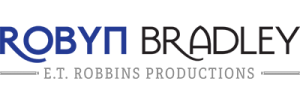A Business Lesson from “Lost”
It’s the morning after the series finale of Lost, and many people are moaning and groaning about the ending. However, just as many are claiming satisfaction with it. (I recall a similar thing happening with the series finale of The Sopranos.)
So what’s the business take away here? Simple: there will always be people who don’t like how you do something. No matter how many drafts you write or product enhancements you create or new service offerings you provide, you will always have people out there who say it’s not enough or they would have done it differently or that they just don’t “like” it (even if they can’t tell you why).
Guess what? That’s okay. Focus on the ones who do like it.
Actually, cancel that. Focus on creating something — a business model, a customer service strategy, a book, a screenplay, a new fashion line — that you’re proud of. You’ll always have to deal with critics. But the only critic that really matters in the end is yourself.
I’ve heard Damon Lindelof and Carlton Cuse, the chief writers of Lost, talk enough over the last few weeks to get a sense that they’re really proud of what they created, including the final episode. They know — and expect — that people will disagree with what they did. But they’re okay with that, because they feel they’re being true to their characters and to what they’ve created over the last six years.
Note: I’m not saying you should ignore constructive feedback. But at some point, you’ll need to release whatever it is you’re working on to the world at large. That’s why it’s important to release something you believe in. As Saint Godin says, your tribe will evolve from the passion you have for your product, book, painting — whatever it is.
Build something great. Your true tribe of fans will follow.
